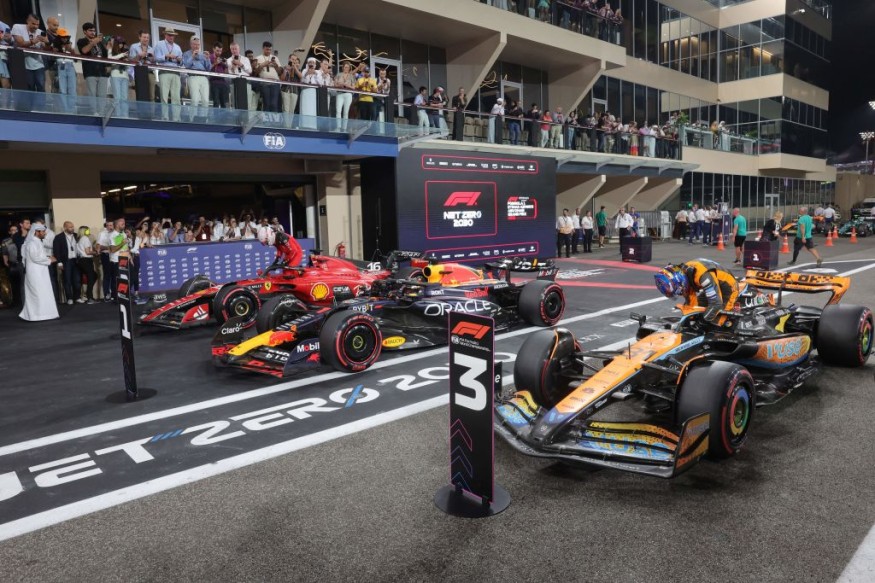
A Formula One Grand Prix weekend involves more than just the main race, with the free practice sessions and qualifying sessions playing crucial roles in shaping the race's outcome.
Read more : Red Bull: Who is Adrian Newey? All-Time Great F1 Engineer Has Been Vital to Team's Recent Dominance
Understanding F1 Free Practice Sessions
During a Formula 1 weekend, three free practice sessions typically occur on Friday morning and afternoon, as well as Saturday morning (FP1, FP2 and FP3). The Friday practice sessions last 90 minutes each, while the Saturday session is one hour long and occurs before the qualifying sessions.
Practice sessions play a vital role in helping drivers find their rhythm, allowing them to be familiar with the track, adjust their car setups, and achieve balance for optimal performance during qualifying and the actual race.
Another significant aspect of practice sessions in F1 is that they allow teams to test new components designed at their factories. Teams often try out new parts and upgrades to assess their impact on the car's speed and performance.
Moreover, practice sessions serve as a platform for drivers and teams to understand the characteristics of the tires provided by supplier Pirelli, as different tire compounds are brought to each Grand Prix. This helps teams strategize and optimize tire usage during the race weekend.
A driver must participate in at least one practice session to be eligible for the race. They cannot practice independently, and testing between races is strictly limited to cut costs.
Understanding F1 Qualifying Session
In Formula 1, qualifying is the crucial process that establishes the starting order for the race. Their starting position on the track has a massive implication for their race results, especially in tracks where it is difficult to overtake, such as Monaco.
The qualifying sessions in Formula 1 typically take place on Saturday afternoon and are divided into three segments with short breaks in between known as Q1, Q2, and Q3.
The initial qualifying session, Q1, lasts 18 minutes, during which all 20 drivers are permitted to participate.
After Q1, the five slowest drivers are eliminated, and their starting positions for the race are determined based on their fastest lap times during the session.
Any driver who fails to qualify within 107% of the fastest lap time recorded in Q1 requires a special exemption to participate in the race. This rule ensures a competitive field and prevents significantly slower cars from entering the race.
The same principle applies to Q2, which is slightly shorter at 15 minutes, and again, the five slowest drivers are eliminated based on their fastest lap times in this session.
The final qualifying session, Q3, lasts 12 minutes and features the remaining ten drivers who have advanced from the previous sessions.
The rules for drivers during qualifying sessions remain essentially the same; however, their performance in Q3 now determines their starting positions for Sunday's main race.
The driver recording the fastest lap time during Q3 secures the much-desired pole position at the front of the grid while the remaining drivers line up behind in descending order based on their best lap times.
© Copyright 2025 Sports World News, All rights reserved. Do not reproduce without permission.










